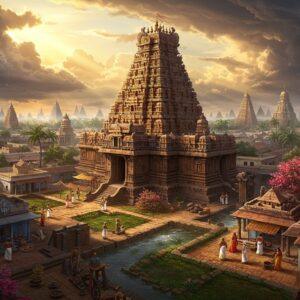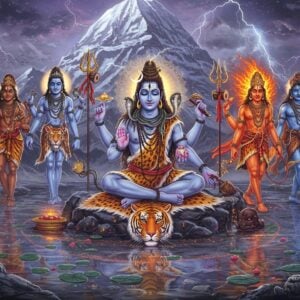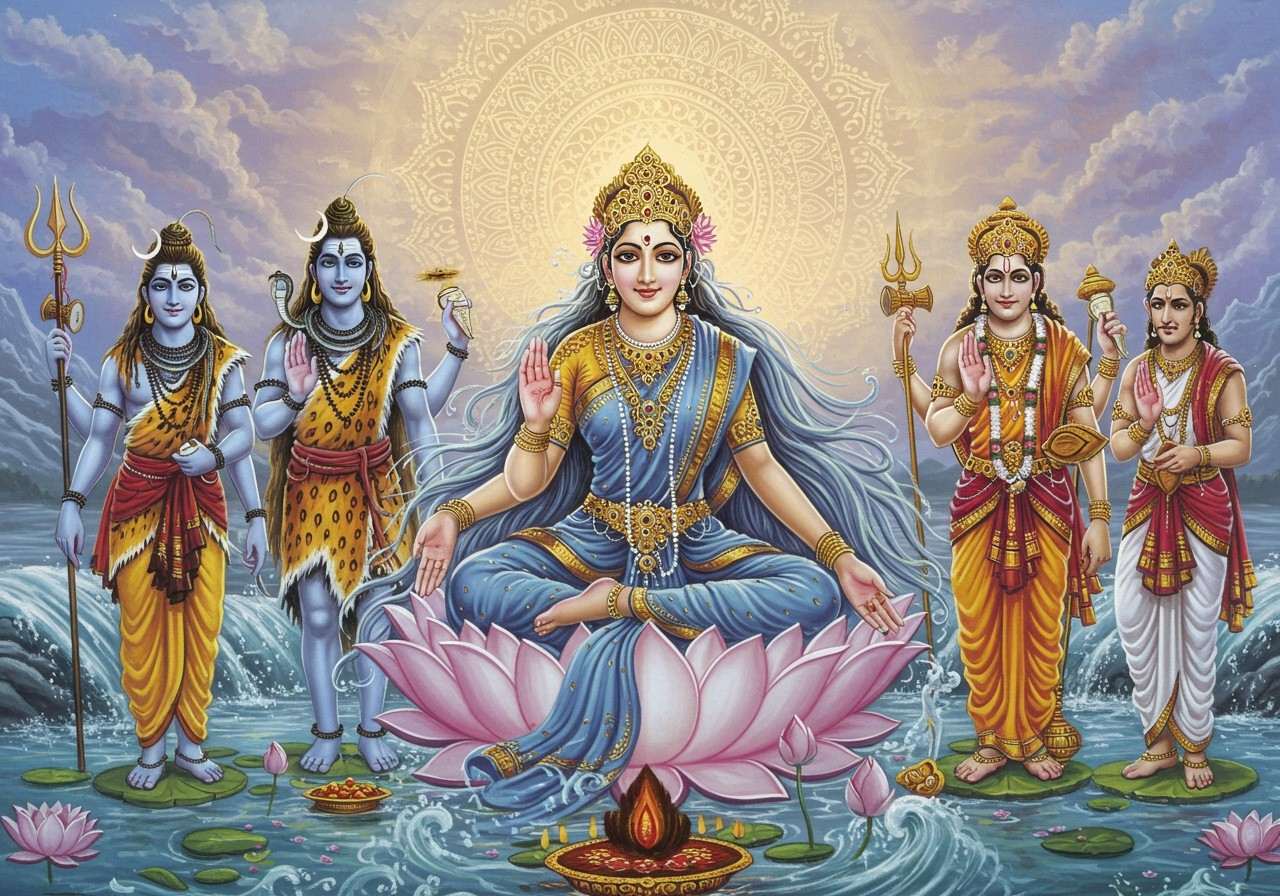
In our hearts, Goddess Ganga is far more than just a river. She is a loving mother, a divine purifier, and a celestial being whose story is deeply woven into the fabric of our culture and spirituality. Her life-giving waters have nurtured our lands for centuries, but her significance runs much deeper, flowing through timeless tales of gods, kings, and devotion. Let’s take a heartfelt journey to understand the sacred relationships that define Ganga Mata and explore why she holds such a special place in Hinduism.
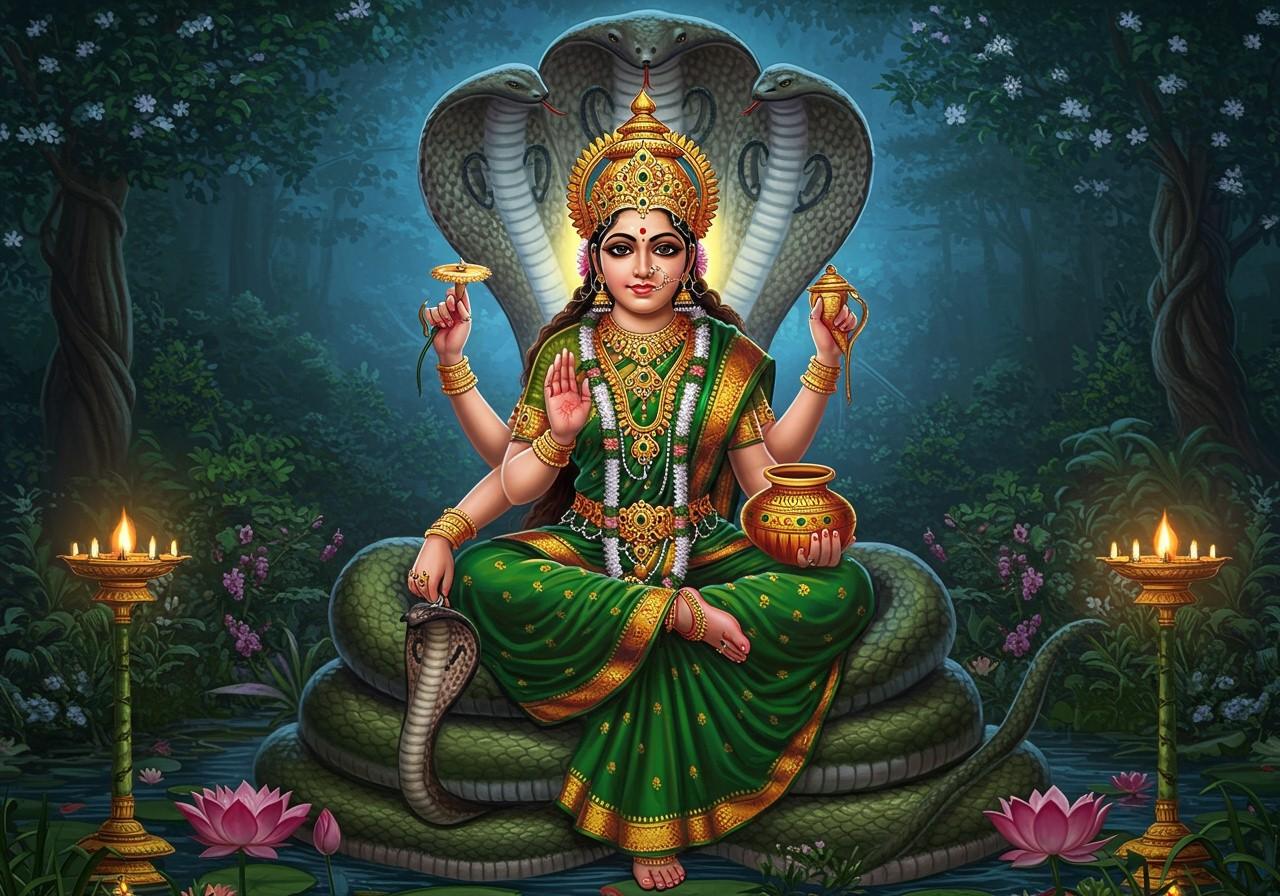
The Celestial Origins of Mata Ganga
The story of Ganga Mata’s birth is as pure and divine as her waters. Many of our sacred texts, including the Ramayana, tell us that she is the eldest daughter of Himavat, the mighty king of the Himalayas, and his queen, Menavati. This makes her the revered sister of our beloved Goddess Parvati, connecting her directly to the household of Lord Shiva. This lineage places her among the highest echelons of the divine feminine.
Another beautiful legend speaks of her origin from Lord Vishnu himself. It is said that Lord Brahma, in a moment of reverence, collected the sacred water that washed Lord Vishnu’s feet. From this divine essence, Ganga was born. Both these stories highlight her incredible purity and her direct connection to the preservers and creators of the cosmos.
Sacred Relationships: Ganga’s Place in the Divine Pantheon
Ganga Mata’s life is a beautiful tapestry of divine relationships that highlight her power, compassion, and importance. Each bond tells a unique story of cosmic balance and purpose.
- The Unbreakable Bond with Lord Shiva: The connection between Ganga and Mahadev is one of the most iconic in our traditions. When Ganga descended from the heavens, her force was so immense that it threatened to shatter the earth. It was Lord Shiva who lovingly cushioned her fall, catching her mighty stream in his matted hair (Jatas). This beautiful act not only saved the world but also symbolises a divine harmony, where Shiva’s calm austerity balances Ganga’s flowing energy. He is often called ‘Gangadhara,’ the bearer of the Ganga.
- Ganga’s Divine Connection to Lord Vishnu: The Devi Bhagavata Purana shares a fascinating story where Ganga was originally one of the three wives of Lord Vishnu, along with Goddess Lakshmi and Goddess Saraswati. This deep connection to the Preserver of the Universe further establishes her as a fundamentally auspicious and benevolent force, integral to maintaining dharma and cosmic order.
- Her Role as a Queen and Mother in the Mahabharata: In the epic Mahabharata, Ganga takes a human form and marries King Shantanu of the Kuru dynasty. From this union, she becomes the mother of the great warrior, Devavrata, who would later be known as Bhishma Pitamaha. She married the king on the condition that he would never question her actions, a promise that led to a poignant and pivotal story in the great epic.
- Answering King Bhagiratha’s Prayers: The story of Ganga’s descent to Earth is a powerful tale of devotion. King Bhagiratha performed intense penance for years, praying for Ganga to come down to Earth. His aim was to liberate the souls of his ancestors, who had been cursed. Ganga answered his prayers, and her purifying waters granted them moksha, establishing her role as a saviour and a giver of liberation.
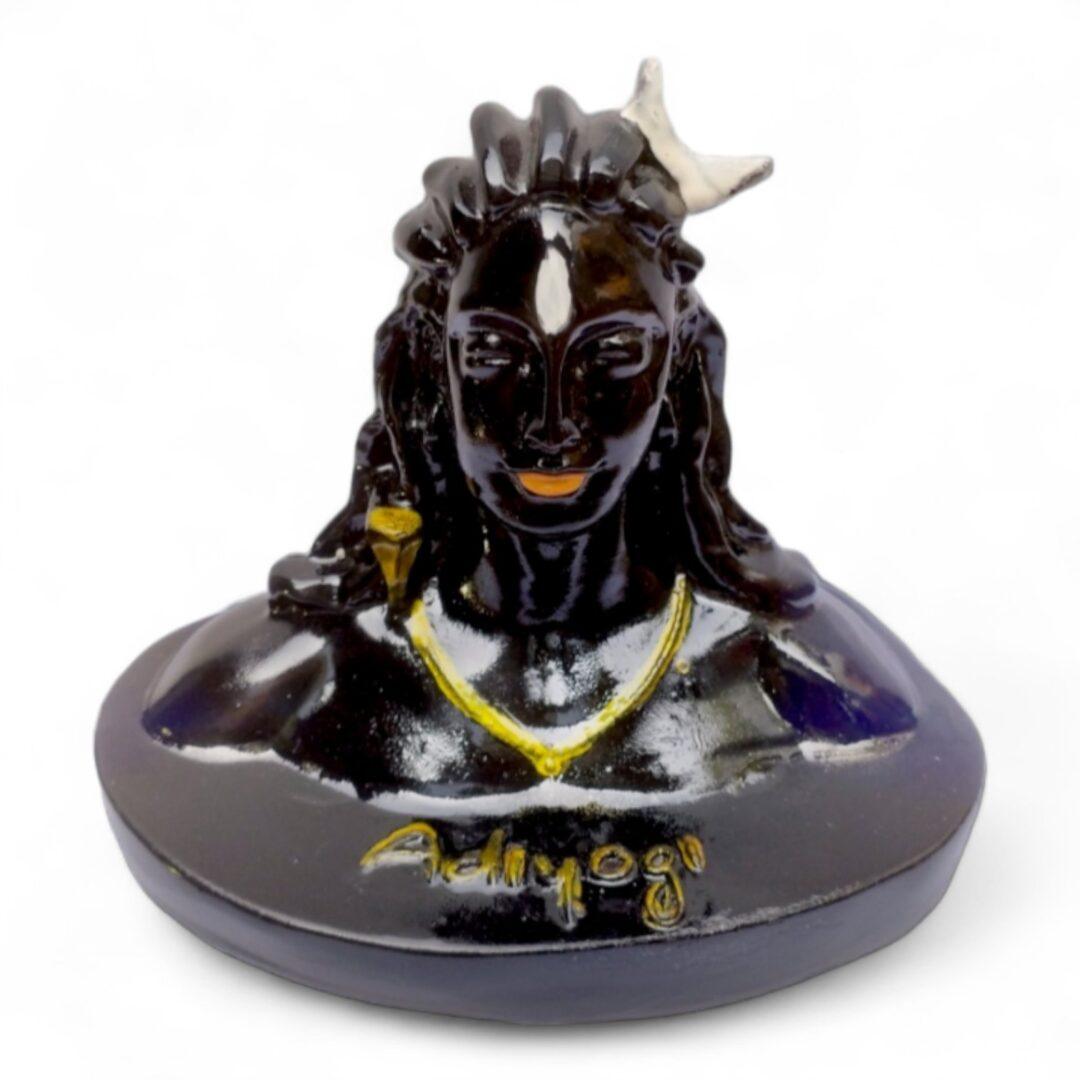
Bringing Ganga Mata’s Blessings Home with Poojn.in
Worshipping Goddess Ganga and the deities she is connected to brings immense peace and purity into our homes. At poojn.in, we understand the deep emotions behind your prayers and strive to provide you with authentic items that honour these sacred traditions.
To feel the divine presence of ‘Gangadhara’ in your home, you can explore our collection of beautifully crafted Shiva murtis. Each idol is made with reverence, perfect for your personal mandir. Consider bringing home this exquisite Ganga Shiva Murti made from pure marble dust to create a focal point of devotion and tranquility in your sacred space. It is a beautiful reminder of the harmony between these two great divine forces.
Your Questions on Ganga’s Divine Connections Answered
Many of us have questions in our hearts about Ganga Mata’s significance, and understanding her relationships helps deepen our faith.
One might wonder why the bond between Goddess Ganga and Lord Shiva is so special. Their relationship is a perfect representation of balance. Shiva, the ascetic, represents stillness and control, while Ganga represents boundless, flowing energy. By holding her in his hair, Shiva demonstrates that immense power can be channeled with calm wisdom, a beautiful lesson for all of us.
It is often asked if Ganga is revered as a mother figure. Absolutely. Across India, she is lovingly called “Ganga Maiya” or “Ganga Mata.” Like a true mother, she nurtures civilisations along her banks, quenches thirst, and purifies all who come to her. Her embrace is believed to wash away sins and offer spiritual liberation, just as a mother forgives her child’s mistakes.
The importance of Ganga in Hindu rituals is central to our faith. From birth until death, Ganga’s holy water, or ‘Gangajal,’ is used for purification. A dip in the holy Ganges, especially in sacred cities like Varanasi, is believed to be a spiritually cleansing experience, paving the way towards moksha. This is why she is integral to so many of our festivals and life-cycle ceremonies.
Embracing the Timeless Legacy of Ganga
Goddess Ganga is more than a river; she is a living, breathing symbol of our faith, heritage, and the divine feminine. Her stories of compassion, power, and purity remind us of the eternal flow of life and spirituality. By understanding her sacred connections, we connect more deeply with the values she represents. Let us continue to cherish and protect our Ganga Mata, for she is truly the soul of India.

